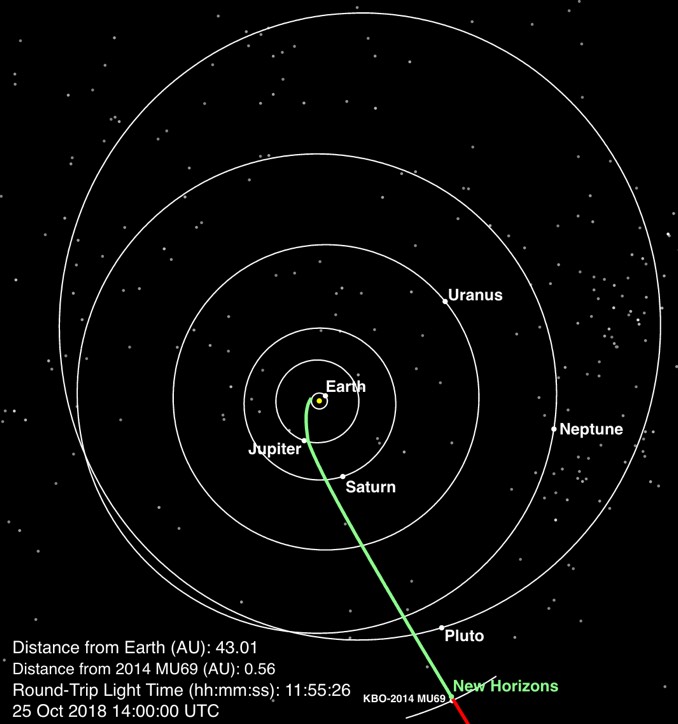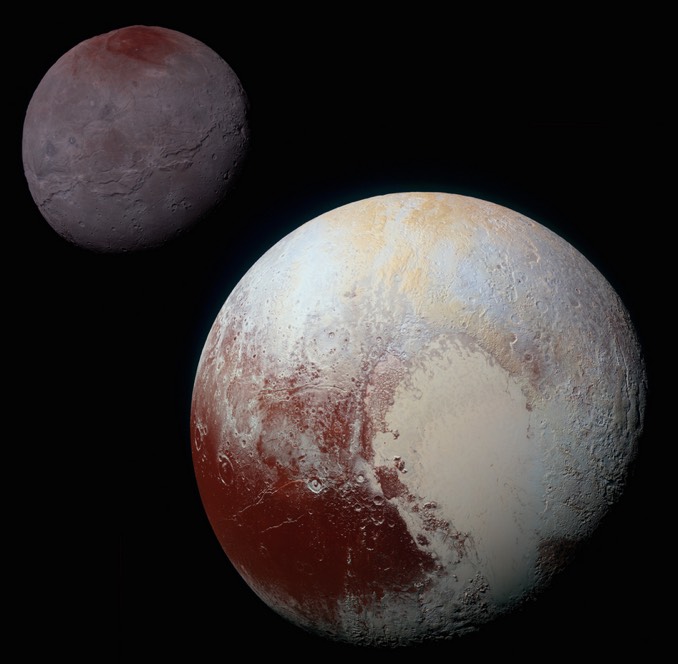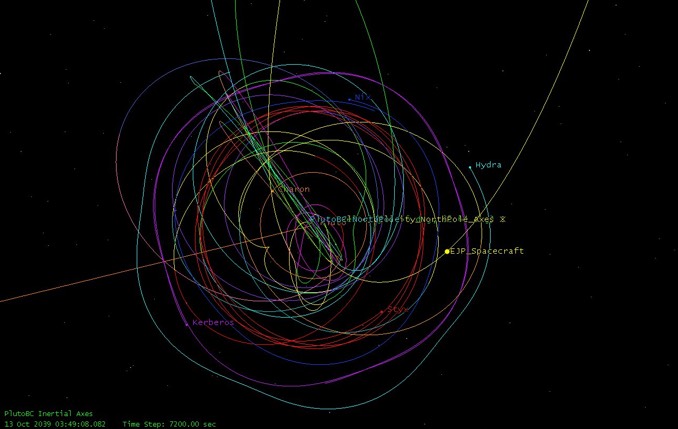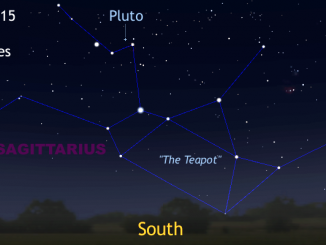
Three years and a billion miles past Pluto, NASA’s New Horizons probe is homing in on Ultima Thule, a Kuiper Belt object left over from the birth of the solar system 4.6 billion years ago. During a briefing 24 October, mission managers said the spacecraft is healthy and on course to zoom past its next target on 1 January at a distance of just 3,500 kilometres (2,170 miles).
“We have no idea what to expect,” said Alan Stern, the New Horizons principal investigator at the Southwest Research Institute. “We’re going to an entirely new type of world, something formed much farther out than anything we have ever explored and which has been kept in this tremendous deep freeze of the outer solar system for the entire four billion years since its formation.”
Based on occultation observations in which Ultima Thule passed in front of a background star, scientists believe the body is either bi-lobed or elongated. But it is so much smaller than Pluto the cameras aboard New Horizons will not be able to resolve it until a day or so before the flyby.
“When we were 10 weeks out from Pluto, we could already resolve its disk about as well as the Hubble Space Telescope and each week we can see more and more detail,” Stern said. “But Ultima 10 weeks out is just a dot in the distance. And it will remain as a dot in the distance until literally the day before the flyby when we start to resolve it. By the day after the flyby, we’ll have high resolution images, we hope even higher resolution than the best images of Pluto. So it’s going to be quick.”

During the spacecraft’s approach, scientists are using its cameras to scan the area around Ultima Thule — the official name is 2014 MU69 — to look for any signs of dust, moonlets, rings or other possible hazards that might pose a danger to New Horizons. Flight planners can divert the spacecraft as late as mid December, passing by at a greater distance if necessary.
“There’s some danger and some suspense because we don’t know in detail what the hazard environment might be,” Stern said. “Our spacecraft is traveling at 32,000 miles an hour, that’s about 10 miles per second almost, and a collision with even the smallest shard would probably be fatal to the spacecraft. We’re conducting a hazard watch using the on-board telescopes and cameras and we’re prepared … to divert from the closest approach to a little be father out where it may be safer.”
Regardless of the eventual flyby distance, New Horizons’ flyby of Ultima Thule “is going to be historic.”
“The New Year’s going to bring us some wonderful new knowledge from the edge of our solar system,” Stern said. “We’re going to set some new records and we are really looking forward to bringing this to the public, to engage the public in what NASA does best, which is to explore. There is one thing you can say about Ultima for sure, it’s far out.”
The same day Stern was outlining the road ahead for New Horizons, a Southwest Research Team he headed released a preliminary report demonstrating the feasibility of an electric-propulsion spacecraft designed to orbit Pluto, using the gravity of its large moon Charon to repeatedly change course and eventually fling it out into the Kuiper Belt.

The spacecraft would use the Charon gravity assists to visit each of Pluto’s moons for close-up observations and even to directly sample the dwarf planet’s tenuous atmosphere during low-altitude passes.
“This tour is far from optimised, yet it is capable of making five or more flybys of each of Pluto’s four small moons, while examining Pluto’s polar and equatorial regions using plane changes,” said Tiffany Finley, who designed the orbital tour. “The plan also allows for an extensive up-close encounter with Charon before dipping into Pluto’s atmosphere for sampling before the craft uses Charon one last time to escape into the Kuiper Belt for new assignments.”

Stern said the Southwest Research Institute study proves a single spacecraft can both explore the Pluto system in detail as well as carry out multiple observations in the Kuiper Belt.
“Who would have thought that a single mission using already available electric propulsion engines could do all this?” said Stern. “Now that our team has shown that the planetary science community doesn’t have to choose between a Pluto orbiter or flybys of other bodies in the Kuiper Belt, but can have both, I call this combined mission the ‘gold standard’ for future Pluto and Kuiper Belt exploration.”



